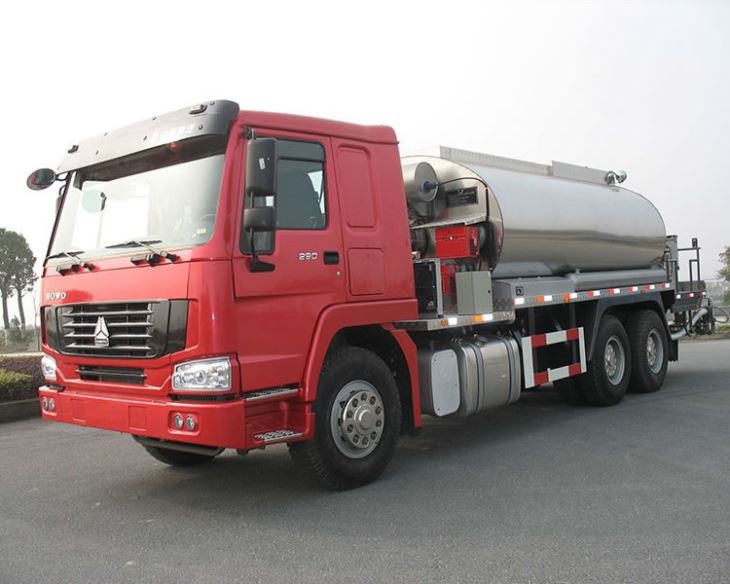A tarper, commonly referred to as a tarp, is a versatile piece of equipment that offers protection and utility across various applications. From outdoor activities to construction projects, tarps play a crucial role in safeguarding your belongings from environmental elements. In this comprehensive article, we’ll dive deep into understanding what a tarper is, its various types, uses, and tips for choosing the right one for your needs.
Understanding the Basics of a Tarp
Definition of a Tarp
A tarp is a large, flexible sheet made from durable materials such as canvas or polyethylene. Designed to be waterproof, UV resistant, and tear-proof, tarps are widely used for covering and protecting items from weather conditions, whether on a camping trip or a construction site.
Types of Tarps
| Type of Tarp | Material | Common Uses |
|---|---|---|
| Canvas Tarps | Natural fibers | Outdoor use, camping, and covering vehicles |
| Polyethylene Tarps (Poly Tarps) | Synthetic plastic | Construction sites, temporary shelters |
| Vinyl Tarps | Vinyl-coated fabric | Heavy-duty applications like trucking |
| Mesh Tarps | Breathable fabric | Shade structures, debris containment |
| Flame Resistant Tarps | Specialty fabric | Industries needing fireproof solutions |
Common Uses of Tarps
1. Camping and Outdoor Activities
One of the most popular uses of tarps is in camping. Tarps provide a protective layer against rain and help create a barrier against the wind. They can be used to cover tents, gear, or set up a makeshift shelter.
2. Construction and Renovation Projects
In the construction industry, tarps are indispensable for protecting materials and equipment from the elements. They help keep lumber, tools, and machinery safe from moisture and debris, ensuring that projects remain on schedule.
3. Transportation and Storage
Vinyl tarps are frequently used in the transportation industry to cover trucks and trailers. They ensure that cargo remains dry and protected during transit. Furthermore, in storage, tarps can shield items from dust and moisture.
4. Landscaping
Tarps are a great aid in landscaping projects, whether for collecting leaves, protecting small plants, or as a temporary cover for soil and mulch. Their large surface area makes them ideal for gathering debris efficiently.
5. Emergency Preparedness
During emergencies, tarps can be used for various improvised applications such as temporary shelters, purification of water, or even as makeshift privacy barriers. Having a tarp as part of your emergency preparedness kit is advisable.
6. Events and Festivals
When organizing outdoor events or festivals, tarps can serve as ground coverings, rain shelters, or shade structures. They’re easy to set up, provide a significant surface area, and can enhance the overall experience of attendees.
Choosing the Right Tarp
Considerations for Selection
When selecting a tarp, consider the following factors:
- Material: Choose between canvas, polyethylene, vinyl, or mesh based on your needs.
- Size: Determine the area you need to cover. Tarps come in various sizes.
- Weight: Heavier tarps tend to be more durable, but they can also be more challenging to handle.
- Weather Resistance: If you need a tarp for outdoor use, ensure it’s waterproof and UV resistant.
- Budget: Tarps come at various price points, so it’s essential to find one that fits your budget while meeting your needs.
Practical Tips for Tarps
1. Proper Installation
For optimal performance, ensure your tarp is securely fastened. Use bungee cords, ropes, or tarp clips to prevent it from being blown away in the wind.
2. Maintenance
After use, clean and dry your tarp thoroughly to prevent mildew and damage. Store it in a cool, dry place to prolong its life.
3. Repairing Small Tears
For minor damages, use a tarp repair kit that includes adhesive patches or tape to fix small tears. This can extend the tarp’s usability significantly.
4. Use Grommets Wisely
Most tarps come with reinforced grommets. Use them for secure fastening, but avoid over-tightening as it may lead to tearing.
Innovative Tarps Applications
1. Art Installations
Artists have creatively used tarps to create large-scale art installations, such as murals or temporary structures, showcasing their versatility beyond functional purposes.
2. Sporting Events
In sporting events, tarps can be used to cover playing fields during rain, ensuring the game can resume quickly after inclement weather.
3. Urban Farming
Urban farmers sometimes use tarps to protect their plants from extreme weather, particularly during hail or heavy rains, showcasing the adaptability of tarps in modern agriculture.
FAQs About Tarps
1. Are tarps waterproof?
Most tarps, especially polyethylene and vinyl ones, are waterproof. However, always check the specifications before purchase to ensure maximum protection against water.
2. Can I use a tarp for DIY projects?
Yes! Tarps can be used for various DIY projects, including making tents, ground covering for painting, or even as decoration.
3. How do I store my tarp properly?
To store a tarp properly, clean and dry it thoroughly. Then roll or fold it neatly and place it in a cool, dry location to prevent mold and degradation.
4. What is the best way to tie down a tarp?
Use grommets with rope or bungee cords for a secure tie-down. It’s essential to ensure it’s not overly tightened, as this can cause tears.
5. Can tarps be used in winter?
Yes, tarps can be used in winter for insulating or protecting items from snow and ice, provided they’re appropriate for cold-weather use.
6. How long does a tarp last?
The lifespan of a tarp depends on its material and how well it’s maintained. High-quality tarps can last several years, while lower-end options may deteriorate faster.





